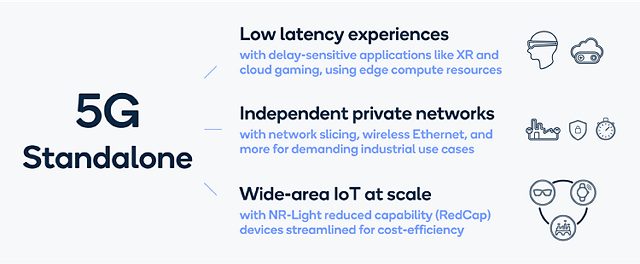The vision of 5G technology revolutionizing various aspects of our lives has indeed captured the popular imagination. However, there is a growing sentiment among consumers that 5G has not lived up to its hype. It’s important to note that while 5G Non-standalone (NSA) has been globally adopted to enhance smartphone experiences, many of the key innovations and services promised by 5G require the deployment of 5G Standalone (SA) networks.
5G Delivers Sustainability Benefits

Unfortunately, only a small percentage of mobile network operators (MNOs) have deployed 5G SA, limiting the scale at which application developers can leverage its capabilities. This lack of widespread implementation has contributed to the perception that 5G has been underwhelming thus far. However, it’s crucial to understand that we are still in the early stages of the 5G journey, akin to just the first chapter of a book.
Looking back at the history of 5G, the initial 5G standard, known as 3GPP Release 15, was delivered in three waves. The first wave introduced 5G NSA in December 2017, which allowed the integration of a new 5G radio access network (RAN) with existing 4G core and RAN infrastructure. This enabled MNOs to expedite their 5G deployment timelines and offer enhanced mobile broadband experiences to customers without the need for a full-fledged 5G core network.
5G NSA delivered notable improvements in mobile broadband speeds, facilitated new fixed wireless access (FWA) options, and achieved energy savings. However, NSA was always intended as an intermediate step towards the eventual implementation of 5G SA, which would unlock the full potential of 5G technology.

The second wave of the 5G standard, introduced in June 2018 as part of 3GPP Release 15, brought forth the 5G SA architecture. With 5G SA, the new 5G Core (5GC) directly supports 5G NR base stations, enabling advanced capabilities and transformative innovations. Subsequent releases, such as Release 16 and Release 17, focused on addressing the requirements of various industries and use cases, including industrial, enterprise, automotive, positioning, non-terrestrial networking (NTN), Internet of Things (IoT), extended reality (XR), and more. These advancements heavily rely on 5G SA infrastructure.
Qualcomm, a leading technology company, has been supporting 5G SA since the launch of its X55 modem-RF system in February 2019. For the true potential of 5G experiences to be realized and widely adopted, a critical mass of network operators must transition to 5G SA. Currently, only 22% of operators investing in 5G networks have committed to deploying 5G SA, indicating the need for more operators to accelerate their timelines.
In summary, while it is understandable that consumer sentiment towards 5G may be mixed due to the limited implementation of 5G SA, it’s important to recognize that we are still at the early stages of the 5G journey. The true transformative capabilities and innovations promised by 5G require widespread adoption of 5G SA infrastructure, and efforts are underway to encourage more network operators to make this transition.


